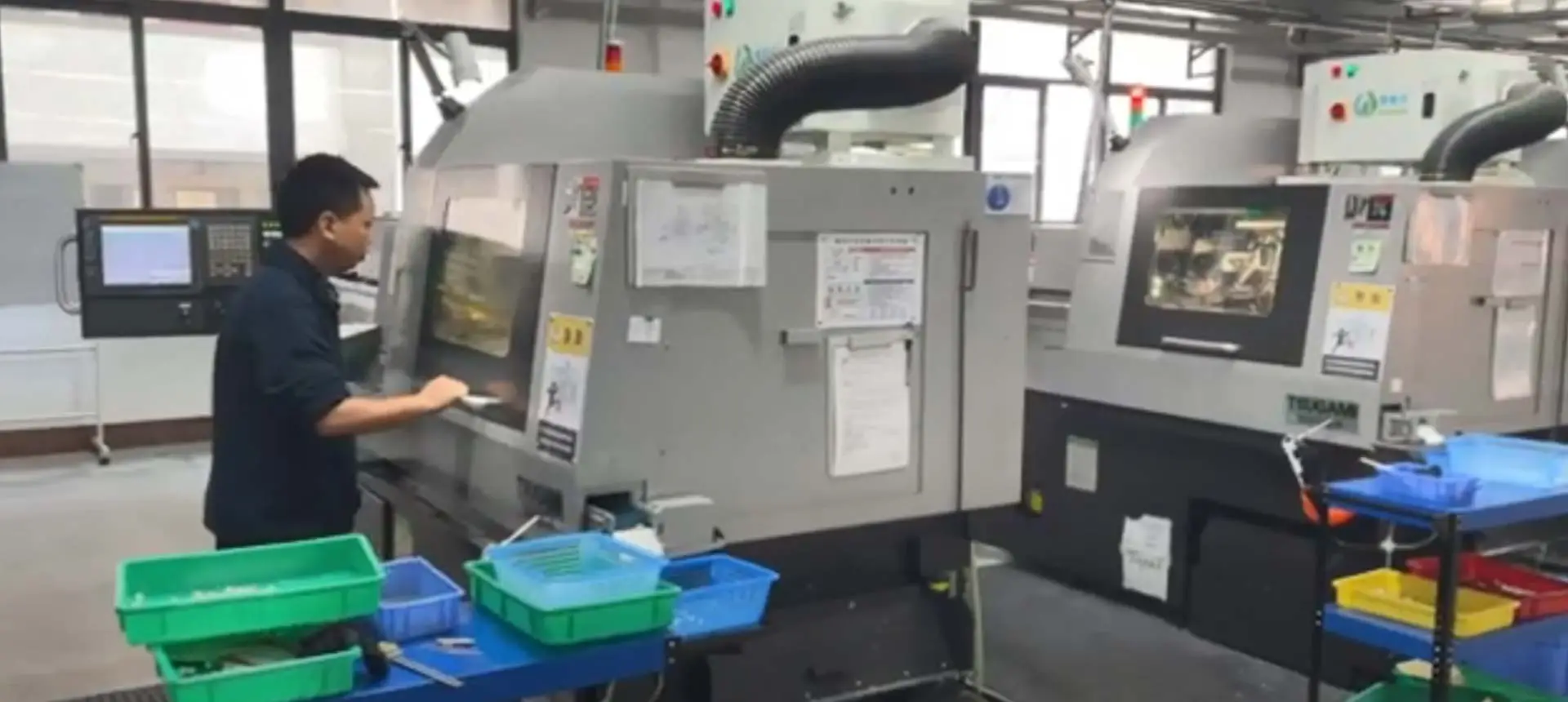
CNC turning adalah proses di mana mesin pelarik digunakan untuk membentuk bahan mentah menjadi produk siap. Teknologi terkini untuk CNC turning parts melibatkan penggunaan perisian canggih dan sistem perkakasan yang membolehkan pengeluaran yang lebih cepat, lebih tepat, dan lebih cekap. Teknologi ini termasuk sistem pemantauan dan maklum balas masa nyata yang membolehkan pengendali menyesuaikan parameter pemesinan dengan cepat, serta alat canggih dan penyelesaian kerja yang meningkatkan ketegaran dan mengurangkan masa persediaan. Di samping itu, integrasi sistem automasi dan robotik ke dalam operasi beralih CNC menjadi semakin biasa, membolehkan produktiviti dan penjimatan kos yang lebih besar. Secara keseluruhannya, teknologi terkini untuk CNC turning parts merevolusikan industri pembuatan dengan meningkatkan kualiti, mengurangkan masa memimpin, dan meningkatkan daya tampung.
Mencapai ketepatan dengan CNC turning parts memerlukan gabungan faktor, termasuk teknologi mesin canggih, perkakas berkualiti tinggi, dan pengendali mahir. Kunci untuk ketepatan terletak pada perancangan dan pelaksanaan proses pemesinan yang berhati-hati, dengan tumpuan mengoptimumkan parameter pemotongan, meminimumkan memakai alat, dan memastikan persediaan dan penjajaran bahan kerja yang betul. Di samping itu, pemantauan berterusan dan langkah-langkah kawalan kualiti adalah penting untuk mengekalkan ketepatan dan konsisten sepanjang pengeluaran dijalankan. Dengan alat, teknik, dan kepakaran yang betul, CNC turning boleh mencapai tahap ketepatan dan ketepatan dimensi yang tinggi walaupun bahagian yang paling kompleks.
Dalam bidang kawalan berangka komputer (CNC) pemesinan, dua proses asas, beralih dan penggilingan, memainkan peranan penting dalam membentuk bahan mentah menjadi komponen kejuruteraan ketepatan. Memahami perbezaan utama antara CNC turning and milling adalah penting untuk pengeluar dan jurutera yang bertujuan untuk mengoptimumkan proses pemesinan mereka dan mencapai hasil yang lebih baik. Dalam artikel ini, kami menyelidiki ciri-ciri tersendiri CNC turning and milling, menumpahkan cahaya pada aplikasi, teknik, dan kelebihan mereka.
CNC Turning: Turning adalah proses pemesinan yang digunakan terutamanya untuk komponen silinder. SemasaPemesinan cnc keluli tahan karat, Bahan kerja yang putar pada spindle yang, dan alat memotong daripadanya merentasi sepanjang paksi putaran untuk membentuk bahan. Proses ini sesuai untuk mewujudkan bahagian seperti aci, pin, dan permukaan silinder.
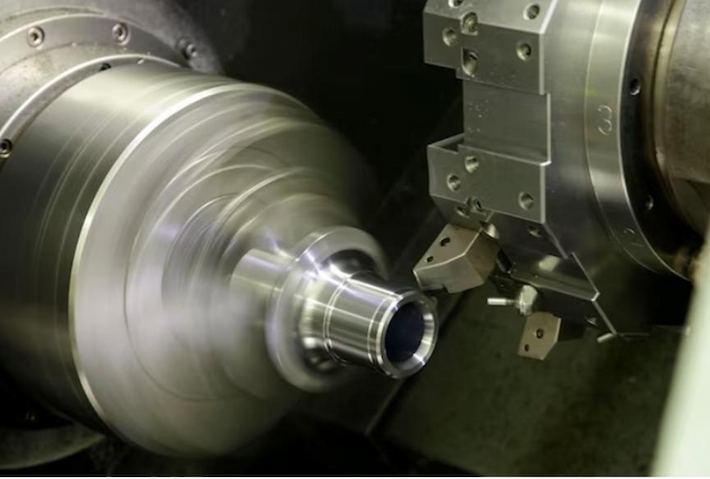
Pengilangan CNC: pengilangan, di sisi lain, melibatkan penyingkiran bahan dari bahan kerja menggunakan pemotong berputar. Bahan kerja masih tidak bergerak, manakala alat mesin penggilingan bergerak di sepanjang pelbagai paksi untuk mencipta bentuk, slot, dan lubang yang kompleks. Pengilangan CNC adalah serba boleh dan boleh digunakan untuk pelbagai geometries.
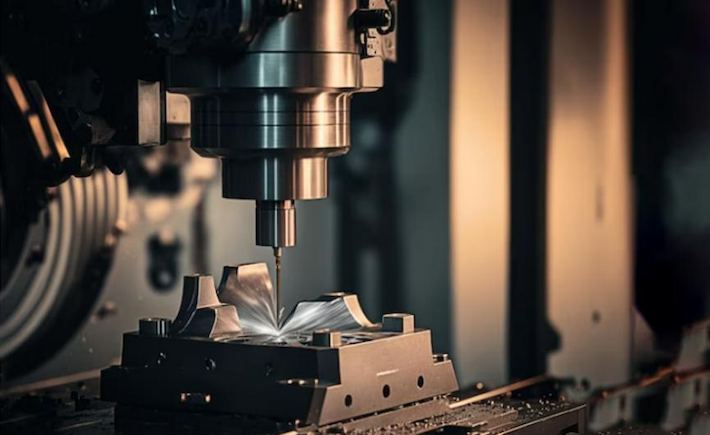
CNC Turning: mengubah mesin, juga dikenali sebagai lathes, mempunyai orientasi spindle mendatar atau menegak. Bahan kerja diapit ke gelendong, yang berputar, membolehkan alat pemotong bergerak selari dengan paksi putaran.
Pengilangan CNC: mesin pengilangan boleh mempunyai orientasi spindle menegak atau mendatar. Dalam pengilangan menegak, gelendong berorientasikan secara menegak, manakala dalam pengilangan mendatar, gelendong diletakkan secara mendatar. Perbezaan ini membolehkan pendekatan pemotongan yang berbeza.
CNC Turning: mengubah alat biasanya alat titik tunggal yang memotong bahan sebagai bahan kerja putar. Alat yang bergerak radially dan paksi untuk membentuk bahagian.
Pengilangan CNC: alat pengilangan biasanya alat berbilang titik, dan proses pemesinan melibatkan pergerakan berputar dan linear. Pengilangan membolehkan penggunaan kilang akhir, kilang muka, dan pelbagai geometries alat untuk mencapai hasil tertentu.
CNC Turning: Turning paling sesuai untuk bahagian simetri dengan simetri putaran. Ia cemerlang dalam mewujudkan ciri-ciri seperti alur, tapers, dan kontur pada permukaan silinder. Aplikasi biasa termasuk pengeluaran komponen silinder seperti bushings, aci, dan bebibir.
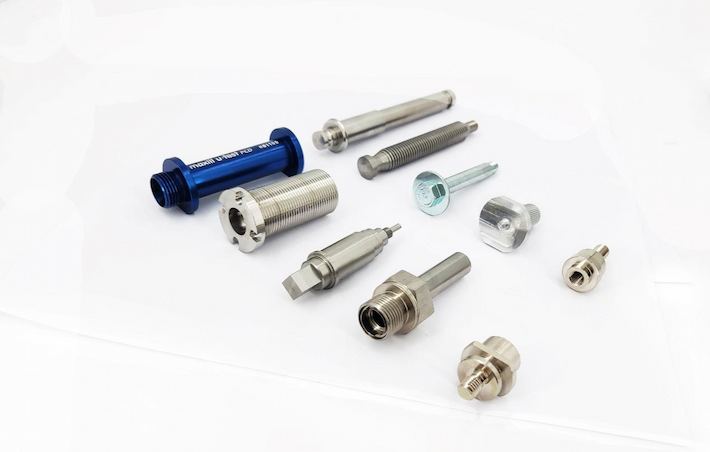
Pengilangan CNC: pengilangan adalah cekap menghasilkan pelbagai bentuk, termasuk poket, slot, dan kontur tiga dimensi yang kompleks. Fleksibiliti ini menjadikan pengilangan sesuai untuk komponen rumit. Pengilangan sesuai untuk pelbagai aplikasi yang lebih luas, termasuk penciptaan komponen rumit untuk industri aeroangkasa, automotif, dan perubatan.
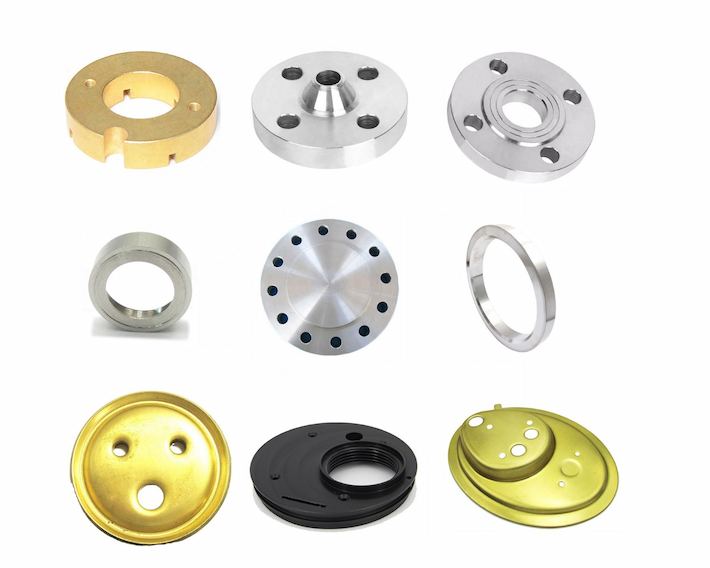
Kesimpulannya, CNC turning dan pengilangan adalah proses pemesinan yang berbeza, masing-masing dengan set sendiri kelebihan dan aplikasi. Pilihan antara berpaling dan pengilangan bergantung kepada faktor-faktor seperti geometri yang dikehendaki, bahan, dan keperluan projek. Dengan memahami perbezaan antara beralih dan pengilangan, memilih kaedah pemesinan yang sesuai boleh mengakibatkan pengeluaran produk berkualiti tinggi.
Dalam bidang pemesinan CNC, HHC (海) menonjol sebagai pilihan utama untuk menghidupkan CNC lathing, menawarkan kepakaran yang tiada tandingannya dan penyelesaian yang disesuaikan. Berikut adalah sebab utama mengapa memilih HHC adalah keputusan strategik:
Sebagai seorang profesionalKilang bahagian ketepatan tinggi, HHC cemerlang dalam pembangunan acuan adat dan reka bentuk penyelesaian yang disesuaikan, menyediakan penyelesaian pembuatan peribadi. Kepakaran kami terletak pada mewujudkan acuan bespoke, memastikan ketepatan dan keunikan komponen yang disesuaikan dengan keperluan projek khusus anda.
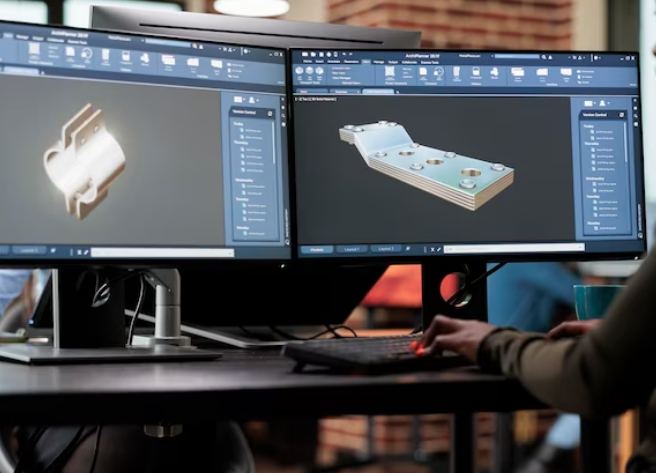
Di HHC, kualiti adalah asas kami. Mematuhi piawaian antarabangsa seperti ISO9001, IATF16949, dan ISO13485, dan lain-lain. Kami menjamin kecemerlangan dalam setiap produk. Proses kawalan kualiti yang ketat kami memastikan setiap komponen bukan sahaja memenuhi tetapi melebihi jangkaan pelanggan, mewujudkan kepercayaan dan kebolehpercayaan.
HHC mempunyai taman perindustrian yang dibina sendiri, secara menegak mengintegrasikan rantaian pengeluaran kami untuk kelebihan kos yang berbeza. Proses pengeluaran yang cekap dan integrasi menegak meningkatkan produktiviti, membolehkan kami memenuhi anggaran kos anda tanpa menjejaskan kualiti.
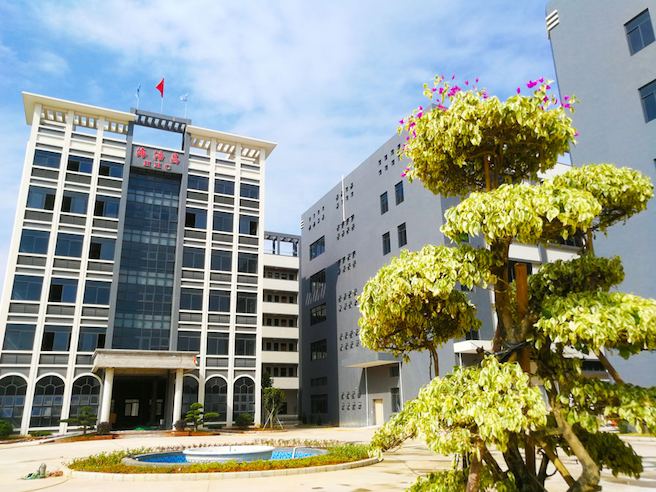
Kesimpulannya, HHC CNC Lathing Turning menawarkan lebih daripada pemesinan ketepatan; Ia menyediakan perkongsian yang berakar umbi dalam inovasi, kebolehpercayaan, dan keberkesanan kos. Pilih HHC untuk perjalanan kolaboratif yang menggabungkan kecemerlangan yang disesuaikan dengan kualiti yang tiada tandingannya, semuanya sambil mengoptimumkan kos.
Dalam dunia pemesinan ketepatan, CNC turning adalah proses serba boleh yang terkenal dengan keupayaannya untuk membuat pelbagai bentuk dengan ketepatan dan kecekapan. Berikut adalah penerokaan ringkas bentuk CNC turning boleh menghasilkan:
CNC turning cemerlang dalam membuat bentuk silinder, menjadikannya sesuai untuk menghasilkan komponen seperti aci, pin, dan bushings. Proses ini memastikan keseragaman dan ketepatan dalam profil silinder.
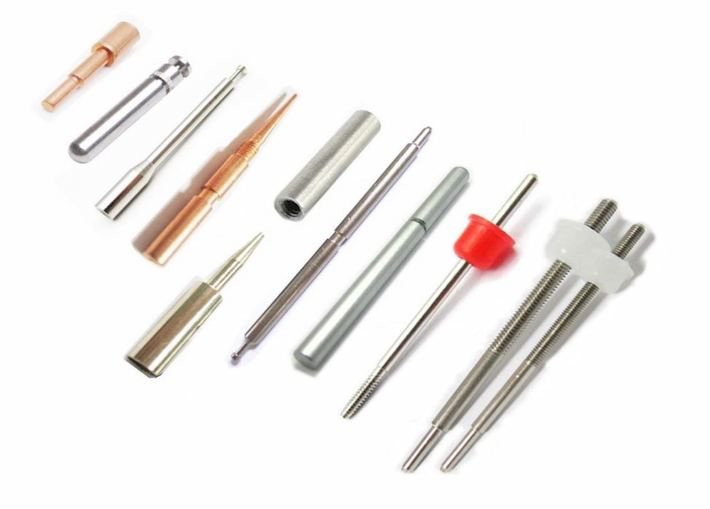
CNC turning mahir dalam mewujudkan tapers dan bentuk conical. Keupayaan ini adalah berharga untuk aplikasi di mana bahagian-bahagian memerlukan pengurangan secara beransur-ansur atau pengembangan diameternya.

Proses ini cekap membentuk alur rumit dan kontur pada permukaan silinder. Ini menjadikan CNC beralih sesuai untuk komponen dengan ciri-ciri terperinci, meningkatkan kedua-dua fungsi dan estetika.
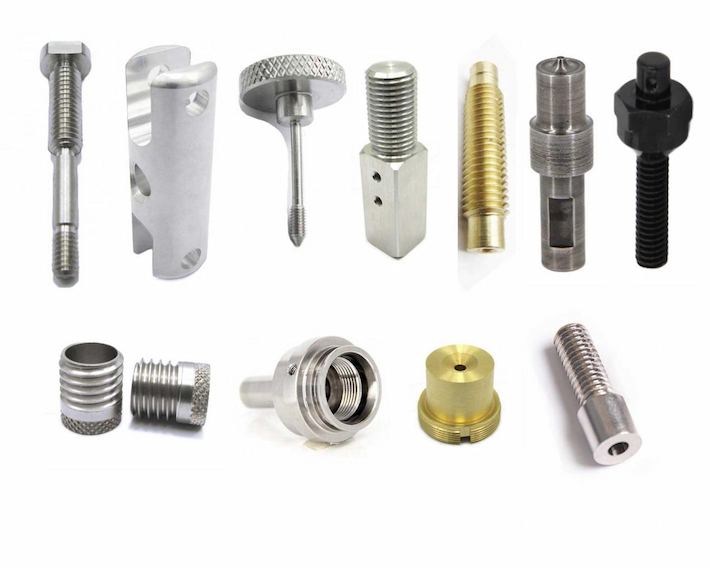
Walaupun terutamanya berkaitan dengan bentuk silinder, CNC turning juga boleh digunakan untuk menghasilkan komponen sfera. Fleksibiliti ini memanjangkan pelbagai bentuk yang boleh dicapai.

CNC turning boleh mengendalikan geometries kompleks, termasuk bentuk dengan diameter yang berbeza-beza dan perincian rumit. Ini menjadikannya proses yang berharga untuk membuat komponen yang pelbagai dan disesuaikan.
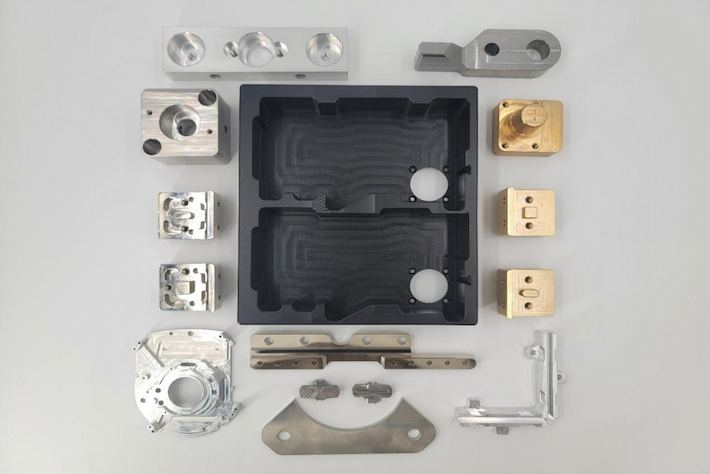
Kesimpulannya, CNC turning adalah tidak terhad kepada bentuk tertentu; Kebolehsuaian yang membolehkan penciptaan pelbagai komponen, antara bentuk-bentuk selenium yang mudah untuk geometries yang rumit dan kompleks. Ketepatan dan kecekapan CNC turning menjadikannya pilihan pilihan untuk membentuk pelbagai bahagian dalam sebenar.


